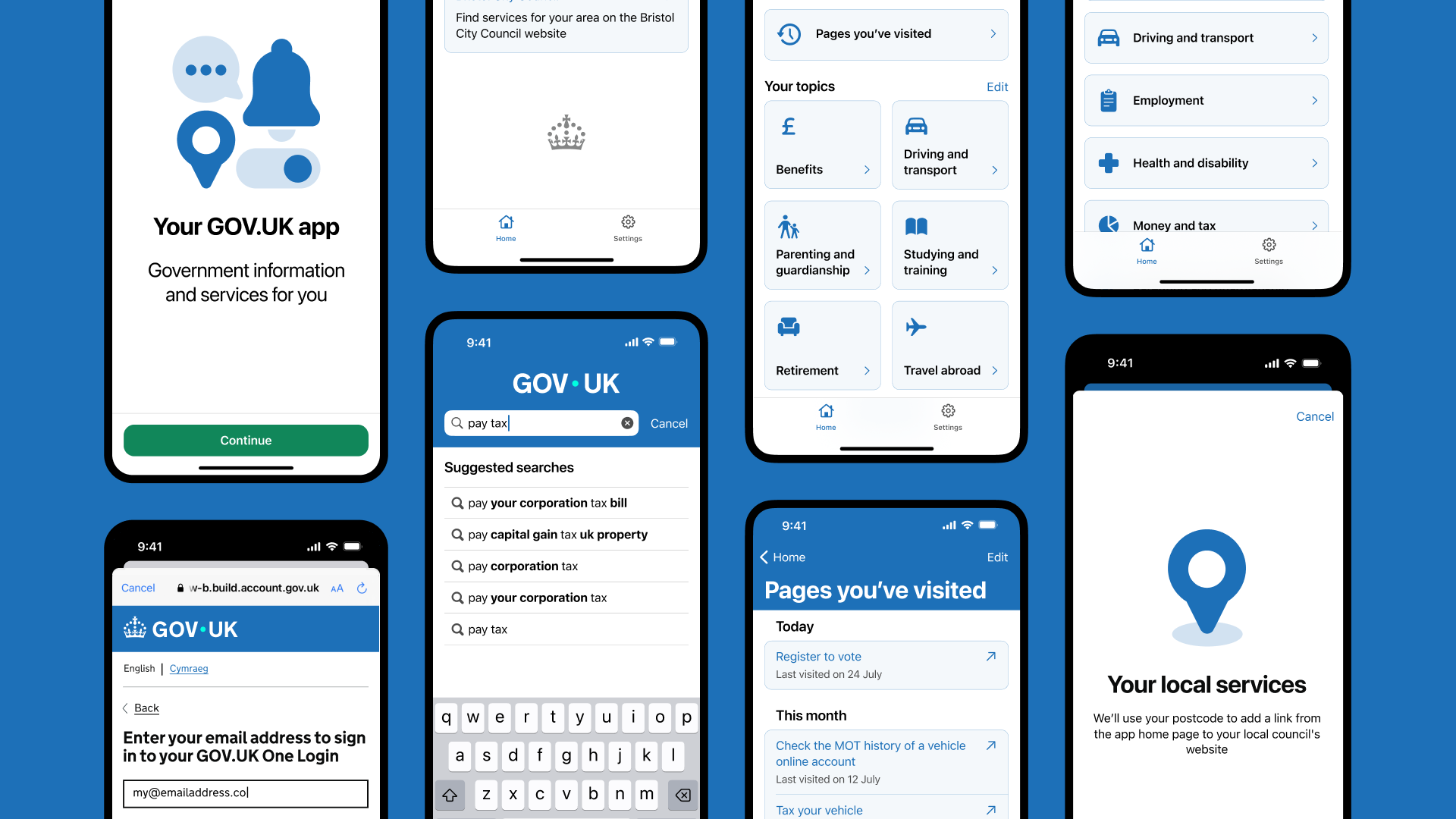Decision follows the experience in New Zealand, where 87% of cases are handled automatically and instantaneously, allowing caseworkers to focus on more complex cases and cut long waiting times
HM Land Registry plans to use more automation to avoid increased processing times resulting from future housing bubbles, its deputy chief executive has said.
Mike Harlow, who is also director of customer and strategy, said the organisation is learning from the experiences of property registries in other countries. “We have developed an approach to do away with these cyclical strains, based on these countries’ success. We are determined that this will be the last time this happens,” he wrote in a blog post.
In July, the registry for England and Wales said that some of its services are falling below what customers expect and that it is determined to improve processing times, with a target of having no applications older than 12 months by spring 2024. It has recruited more than 2,000 people over the last three years, including nearly 100 digital specialists.
Harlow said that most applications involve simple changes to ownership and mortgage details, and the great majority could be fully automated and processed immediately. He added that New Zealand’s registry instantaneously processes 87% of cases.
Automating the easier changes would make more complicated applications more efficient, too: “Our caseworkers who currently work on these simpler cases could then join those working on our more ‘complex’ cases, such as first registrations or new leases. So they would also be processed more quickly,” he said.
To achieve this, the Land Registry is going to increase efforts to spot small administrative errors in applications, having already done this with its digital registration service, by checking against information it already holds. It also plans to increase the help it offers.
The organisation is running a pilot with a few firms that process high volumes of property transactions: Enact, Eversheds Sutherland, Optima and O’Neill Patient. “Thanks to them, we have learned a lot about what would and might not work, and we’ve taken all their feedback on board as we continue to design the process whilst working with the grain of conveyancing practice,” Harlow concluded.




